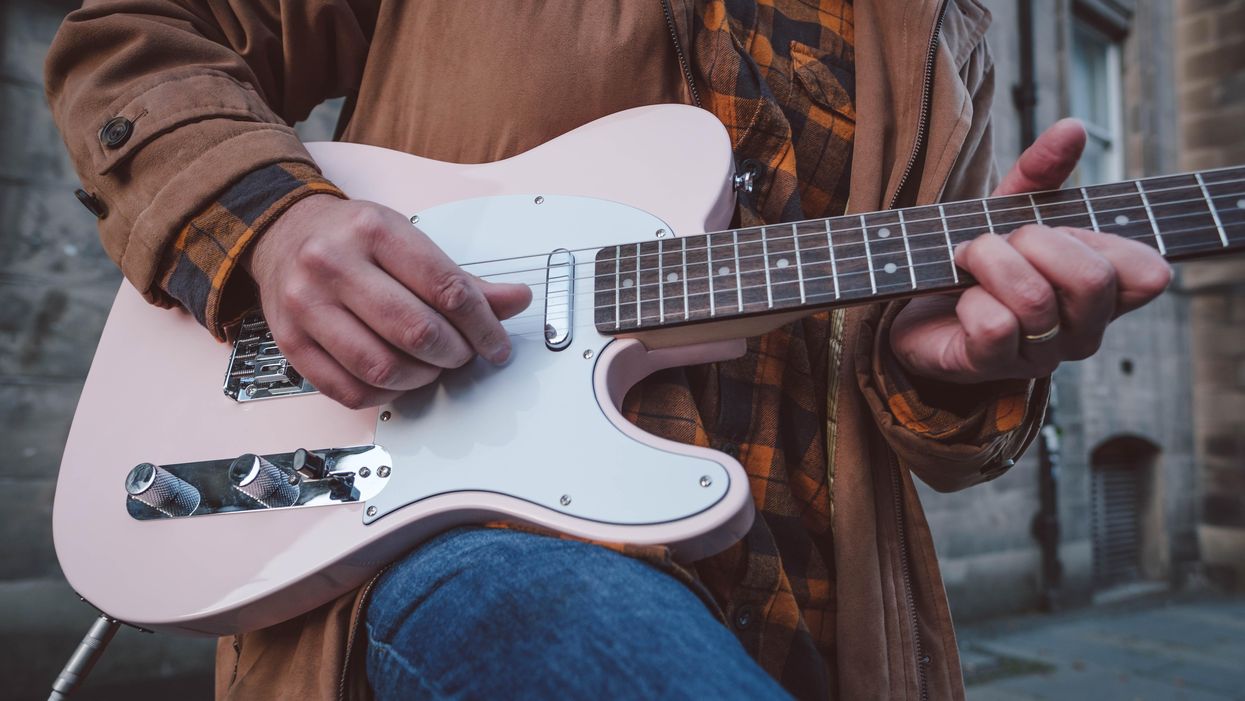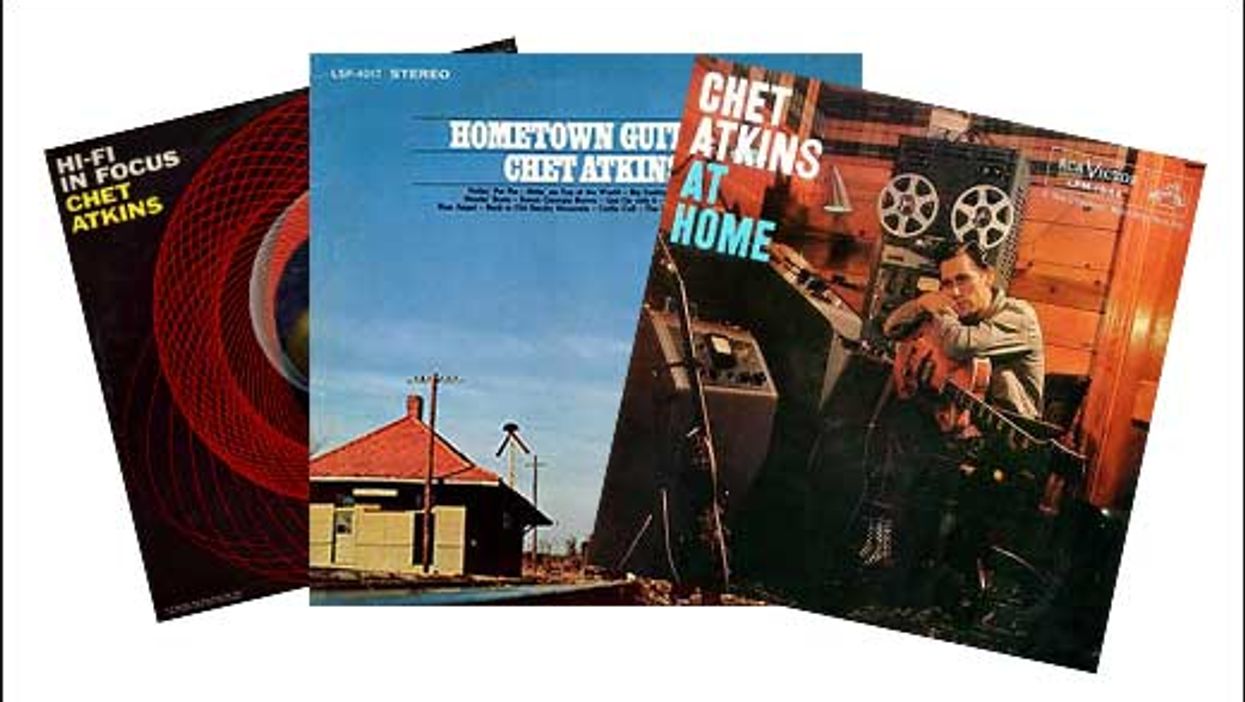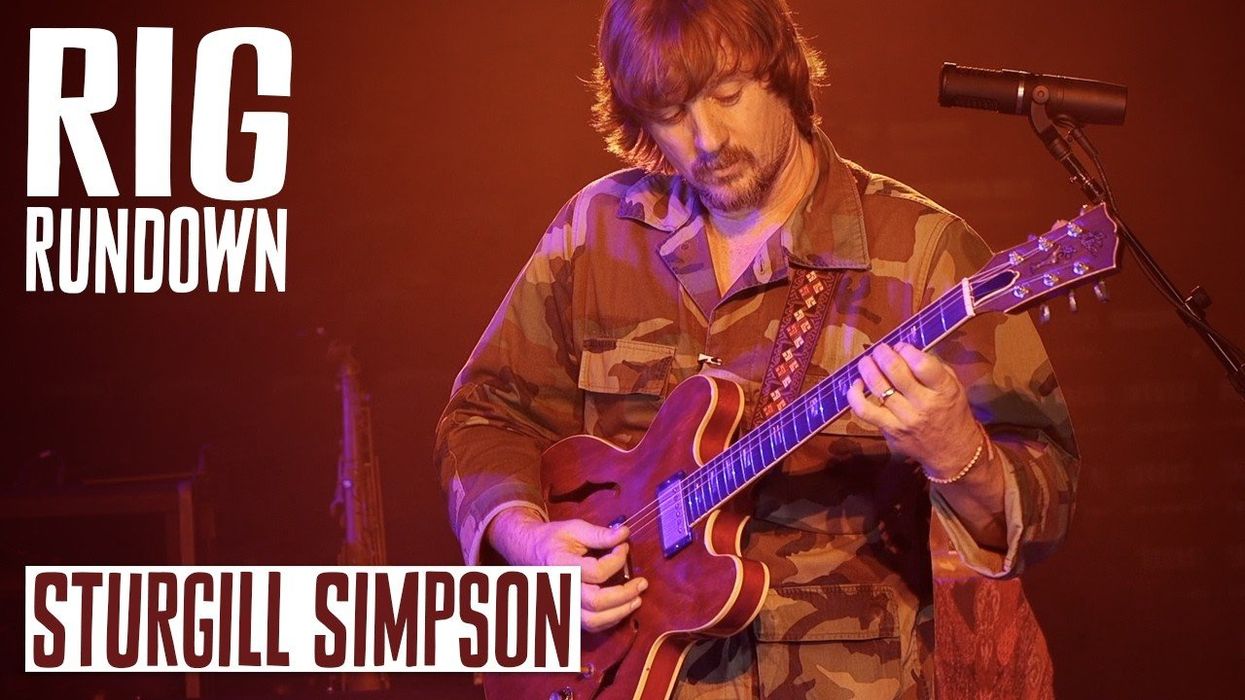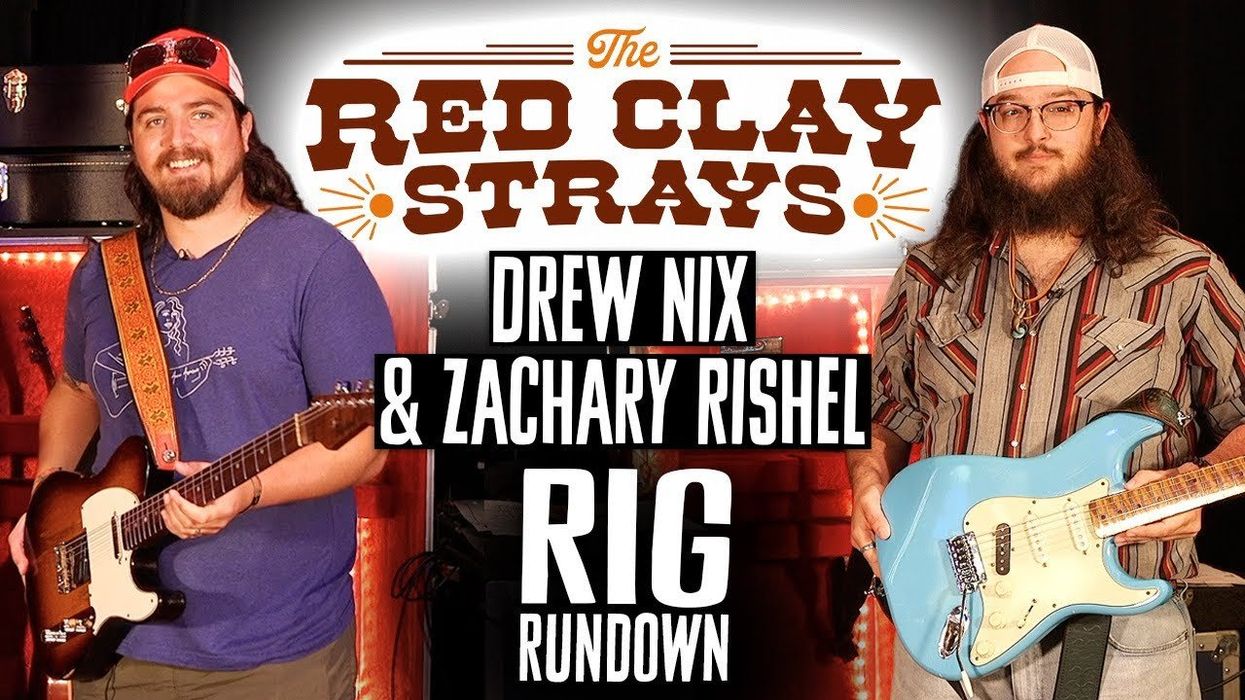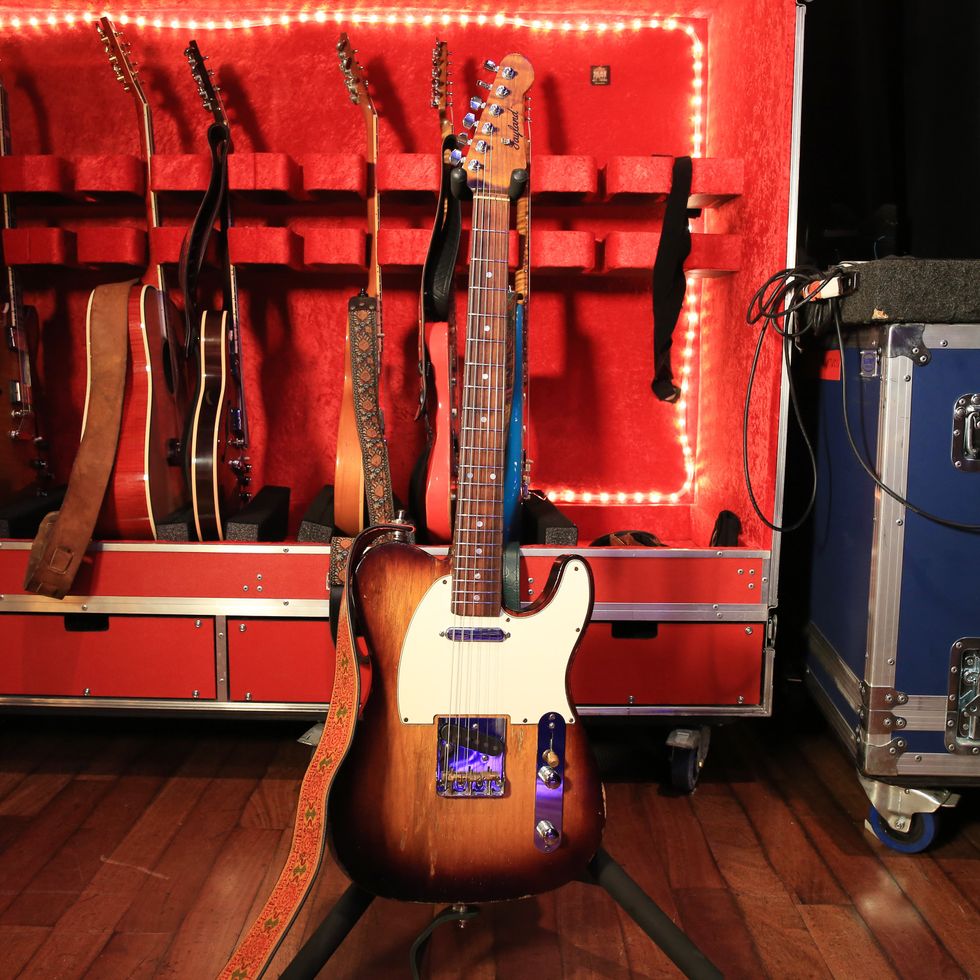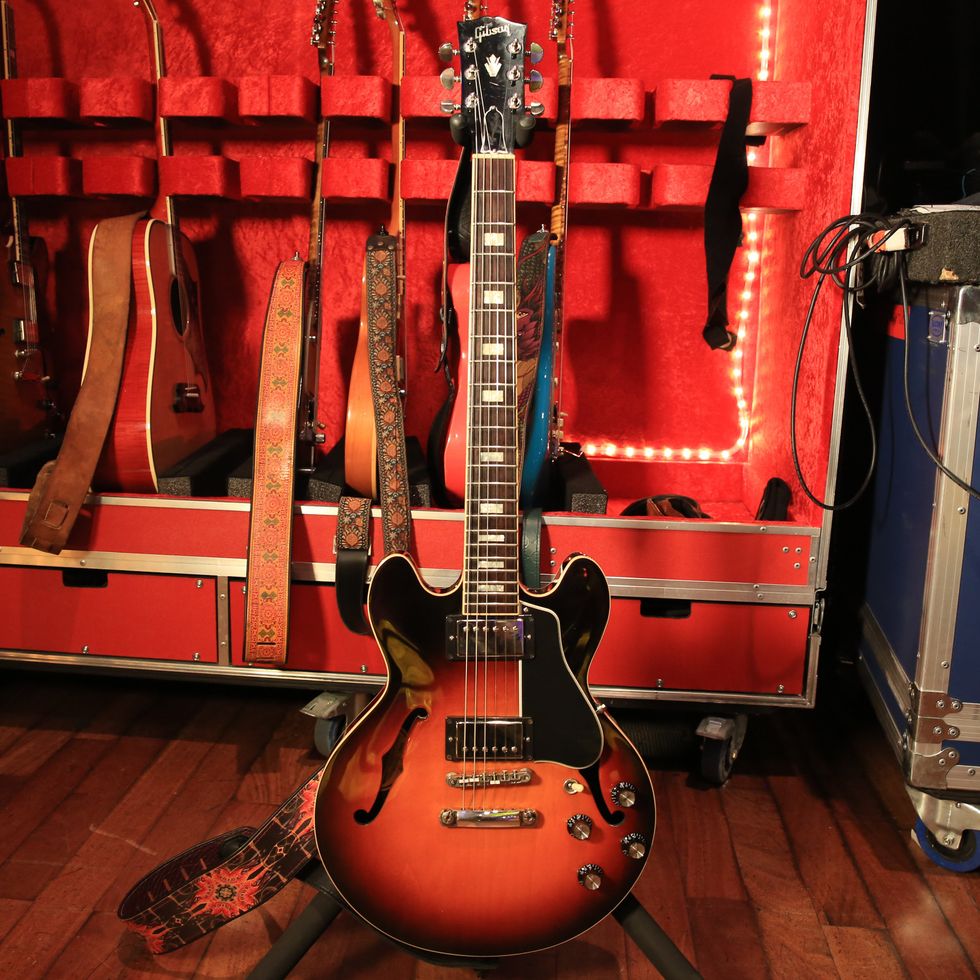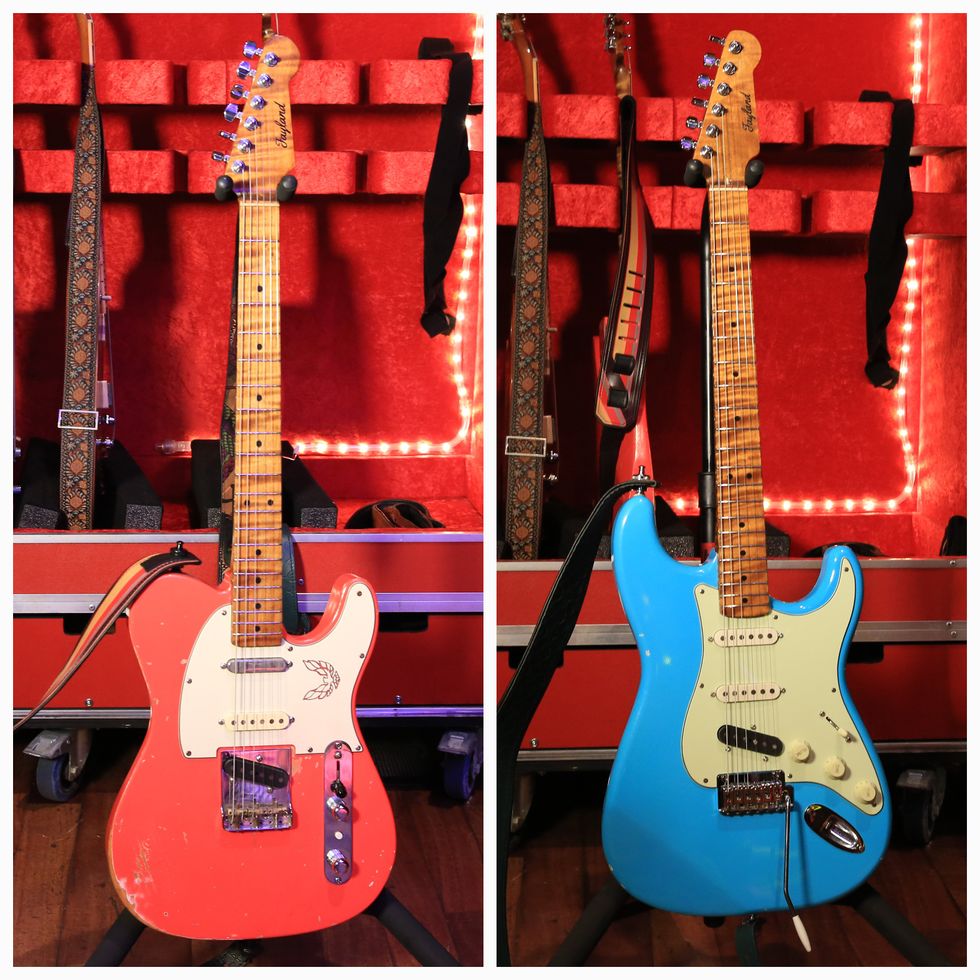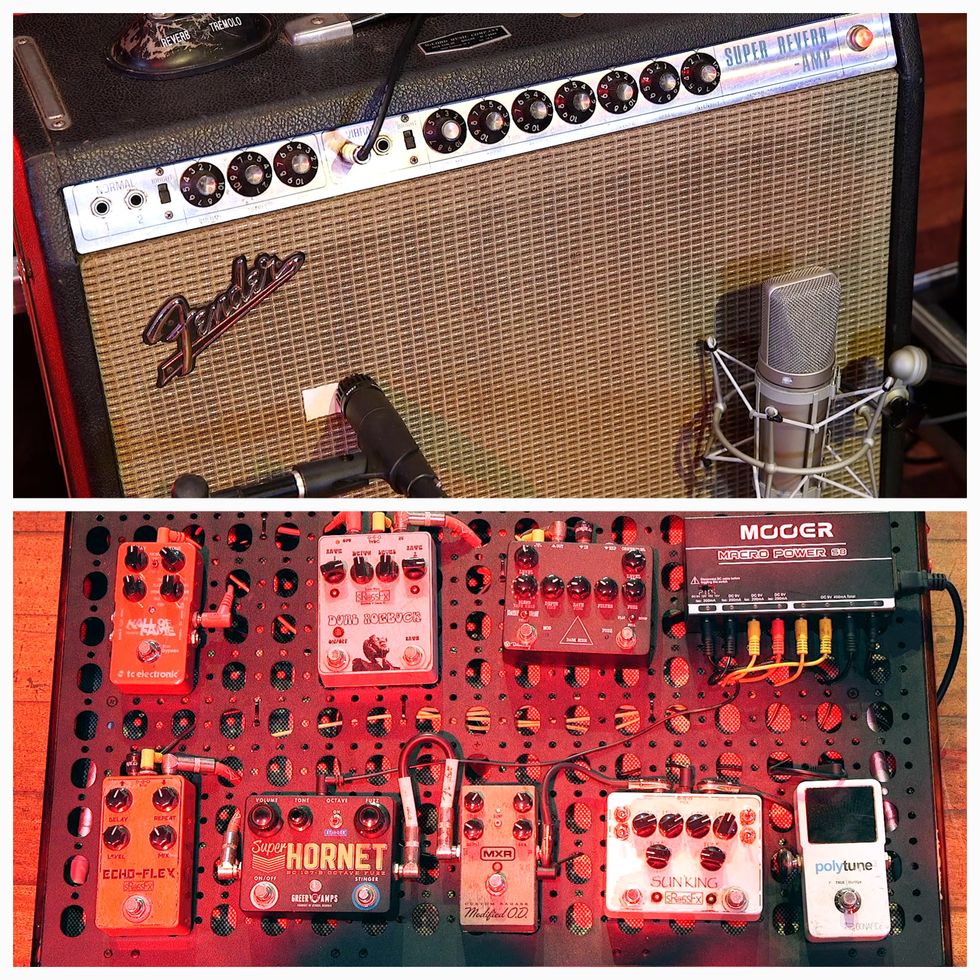Mainstream country music in the '90s was a guitar-lover's dream. Nearly every tune on the radio was full of tasty fills and ripping—but short—solos. The most prominent session player during this time was Brent Mason, whose car primer gray Tele became as iconic as the parts he crafted.
In this lesson, we will take inspiration from a few of the classic licks from the era and twist them around to make new ideas to add to your arsenal. We will cover double-stop licks, open-string lines, bending licks, and chromatic lines. Phrasing and timing is important and I will breakdown the key components to why they work and what chord to use them over. We will be using hybrid picking with all of examples.
Since we are working specifically in the '90s country vein, I picked four tunes with lots of guitar work and rather long solo sections.Vince Gill - Liza Jane
It's always great to learn exactly what the player did on the recording. Signature licks are what define the song and are important, especially if you're playing the tune live. But what happens if the tune is extended, or you are the only lead player that has to cover more territory and time? Some of these tunes have a long ending that vamp and fade out on the recording. What do you do then? You can always improvise a solo. These examples are a great launching pad for attacking those vamps.
Ex. 1 is a great way to kick off the beginning of the solo to "Liza Jane." It starts with an A7 arpeggio (A–C#–E–G) before chromatically approaching our comfortable blues box pattern. This lick ends in a very "Vince Gill" way with the unison bends and landing on a double-stop. Strive for the silky smoothness of Vince's phrasing.
Ex. 1
Ex. 2 covers the C and D chords in the solo section. Using bluegrass ideas over both chords gives you a cool open-position lick for the C chord. Make sure to bend down on the D# note. Over the D chord we do an oblique bend ending the phrase on the b7, a very hip Vince-ism.
Ex. 2
Alan Jackson - Chattahoochee (Official Music Video)
The intro to "Chattahoochee" is an all-time crowd pleaser, so make sure you get that under your fingers. Brent Mason's licks on this song are iconic and, in some ways, have become cliches—but in a good way. Ex. 3 is over the C chord and is a great way to work down the neck using double-stops.
Ex. 3
There's a very cool II-V progression on the back half that fits perfectly with Ex. 4. Notice how I keep all the notes ringing through the first measure before adding a "dead" note and an element of chicken pickin'. Don't forget to really pluck that Bb on the 3rd string before resolving to the G.
Ex. 4
Dwight Yoakam - Fast As You (Video)
Pete Anderson was another twang king that made waves in the '90s. During this time, he was the one behind nearly all the snappy riffs on Dwight Yoakam's albums. Ex. 5 has a B-Bender sound to it and should be given special attention. Notice how the second G on the 2nd string is only bent up a half-step. This is a simple and effective way to jam on the I chord in "Fast As You."
Ex. 5
Next up we use a few open strings for a bluesy lick (Ex. 6). I can totally hear a bit of SRV in this one. Plus, the cool rake at the end is a signature Pete Anderson move.
Ex. 6
Joe Diffie - Pickup Man (Official Music Video)
Ex. 7 uses a motif from the intro lick of Joe Diffie's "Pickup Man" and twists it around a bit. It's a nice way to reference the lick while using an open-string concept. Generally speaking, this riff uses G Mixolydian (G–A–B–C–D–E–F) along with a b3 (Bb). What a great way to combine blues with bluegrass.
Ex. 7
Naturally, we can move this open-string idea to a different part of the neck. In Ex. 8, I keep the same tonality, but move it up to 10th position. This frees me up to reach for this idea in another place on the neck, which is invaluable when improvising.
Ex. 8
The '90s provided us with so much great playing and ideas on how to approach country guitar. The high-energy playing combined so many great elements and techniques into unforgettable songs. My hope is that these examples will inspire you to dig deeper into the tunes and the players that define this style.


